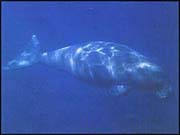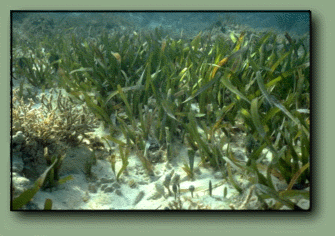 |
 |
 |
 |
 |
 |
 |
 |
 |
 |
 |
 |
 |
 |
 |
 |
 |
 |
 |
 |
 |
 |
 |
 |
 |
 |
 |
 |
 |
 |
 |
 |
 |
 |
 |
 |
 |
 |
 |
 |
 |
 |
 |
 |
 |
 |
 |
 |
 |
|
|
Dugong |
|
|
|
Habitat |
|
|
|
 |
|
|
In Australian the dugongs swims in shallow coast of Northern Australia. They find protection form large waves and storms. The dugong comes to the surface to breathe, but they never come onto the land. They are live in big herds are often in small amounts. |
|
|
|
|
|
Diet |
|
|
|
|
|
|
The dugong is often called "Sea Cows" because they eats seagrass which are a marine plant that look like grass growing on the ocean floor. They often eat large amounts of seagrass. |
|
|
|
 |
|
|
|
|
Life Span |
|
|
|
|
|
The dugong should reach adult size when they are 9-17 of age. They have a life span like humans if they are not harmed and they are left alone. |
|
|
|
|
|
|
 |
|
|
|
|
Size |
|
|
|
|
|
The dugong may reach 3 meters in lenght and weigh up to about 500 kilograms. Their body has fat thick layer which them them most of their size. |
|
|
|
|
|
Adaptation for Surival |
|
|
|
|
|
|
 |
|
|
The dugong has a very slow speed which does give them much protection against predators. Since they are very large it can scare of small animals but they still have foes. They also use their broad spade-like tail to control the motion while swiming and they also use their 2 flippers |
|
|
|
|
|
|
Food Chaim/Web |
|
|
|
 |
|
|
|
 |
|
|
|
 |
|
|
|
|
 |
|
|
|
|
|
|
|
|
|
|
|
|
|
^ |
|
|
|
|
|
|
The dugong eats the seagrass and the seagrass is made from sunlight and water. Nothing eats the dugong but its was is in danger when its foe comes. |
|
|
|
|
 |
|
|
|
|
|
sunlight+water |
|
|
|
|
|
|

|
|













